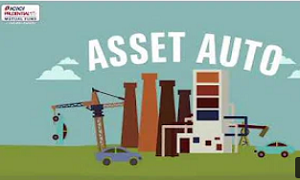There are two kinds of investors in this world, those who understand compounding and those who don’t. Almost everyone who invests money claims to understand compounding but very few do.
Subscribe to the free Value Research Insight newsletter
In a way, that’s an unfair accusation. Compounding produces such unintuitive results that perhaps only a few mathematical geniuses can be expected to have a real feel for it. The rest of us must rely on calculations. What will grow your money more? 10 per cent a year for 15 years, or 33 per cent a year for 5 years? The answer is that the two will earn the same amount, about 4.18 times.
But first, let’s define exactly what compounding is. In the textbook (or on Wikipedia), the term that is defined is ‘Compound Interest’. Here’s the definition: Compound interest arises when interest is added to the principal, so that, from that moment on, the interest that has been added also earns interest. This addition of interest to the principal is called compounding. Although we use the word ‘interest’, the idea applies equally to all forms of returns, not just those that are called interest.
The biggest thing that investors should appreciate about compounding is the enormous value of time. As your returns themselves start earning, and then the returns on those returns themselves start earning, the profit starts piling up at an enormous pace.
The graph below illustrates the example above and shows this clearly. The green line starts rising slowly, but as compounding takes over, the extra time means a lot more income.
Translated into a human lifetime, it means that starting to save at the age of 35 instead of 50 can mean retiring with four times the wealth. The graph shows this clearly. If one has time to learn just one thing about investing, then it should be this.


